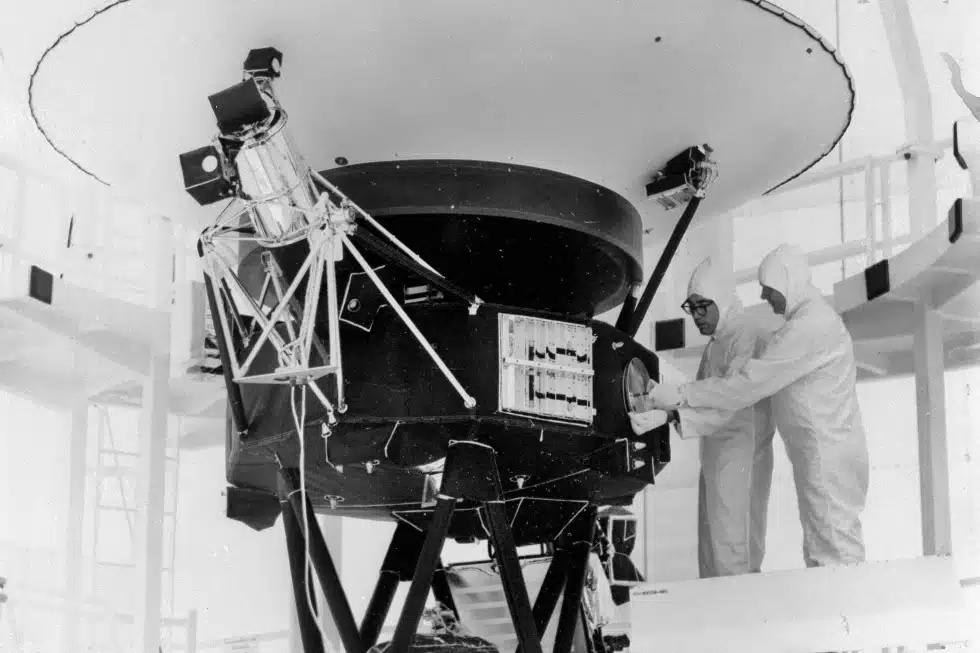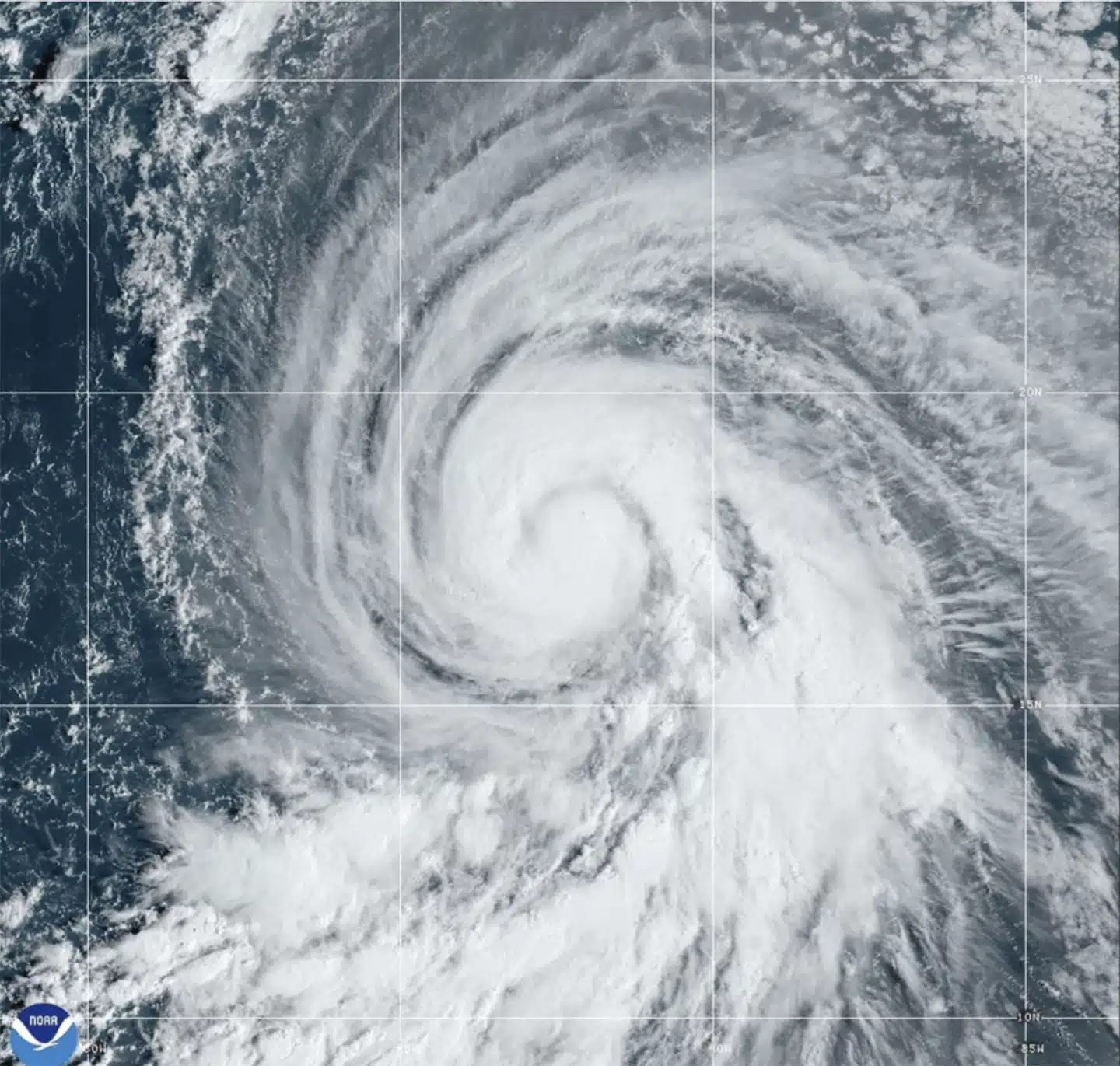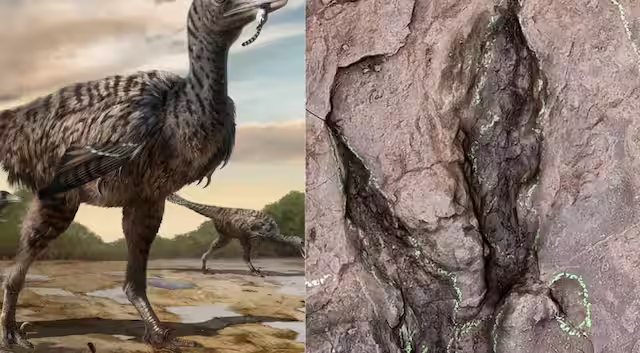Sweet Water
You may not give it much thought, but groundwater is an important Sweet Water resource. Groundwater reserves in Australia alone produce A$34 billion in annual revenue from mining, food production, and industrial.
It is, however, a vulnerable resource. Around 1.7 billion people live in areas where groundwater is stressed, with 60% of them in India and China.
Researchers from the United States and Canada recently calculated the total amount of groundwater on the planet and estimated that it is equivalent to a lake 180 metres deep covering the entire planet.
This makes sweet water the world’s largest active sweet water resource. Groundwater is often referred to as a “hidden resource” because it is rarely seen and difficult to access.
How do you find out the age of water?
The same study team that calculated groundwater volume also analysed its age. How did they accomplish this? When we began testing atomic weapons, we introduced a handy time signature on Earth.
This leaves a time imprint on the water, rocks, and living beings. The researchers estimated that 6% of this groundwater is less than 50 years old by looking for radioactivity from atomic bomb testing in the groundwater.
If this water were dispersed evenly throughout the continents, there would be just three metres of “contemporary” groundwater scattered evenly over the continents.
It may be claimed that if we only utilise this modern groundwater, it is sustainable because we know it has been replaced.
Plugging in water won’t work
Recent research has measured changes in landwater storage. Using GRACE satellite data from 2002 to 2014, the researchers measured changes in Earth’s gravity field.
Sweet water affects the gravitational field the most, followed by lake and river water. Changes in this water’s abundance affect the Earth’s gravity field. From 2002 to 2014, land-stored water rose.
Land-stored water increases global sea levels. Global sea levels are rising due to global warming, although the rate of rise has slowed in recent years due to more groundwater storage.
Gravity measurements can illustrate where groundwater storage has risen over time, such as the upper Missouri, Zambezi, and Niger basins in Africa. Rivers and rain are two of the main ways that fresh groundwater is replenished.
Gravity data revealed depleted land water. Groundwater is depleting in California and the Middle East. These data show where natural climate variability, human over-use, and global warming are affecting groundwater.
Groundwater and climate
Our research group at the University of New South Wales has considered the implications of groundwater abstraction for the carbon budget.
We show in a new research published in Scientific Reports that the harder you pump groundwater, the more organic carbon rises to the top.
Pumping groundwater mobilises organic materials, which is generally found as films on the surface of rock cracks. Pumping groundwater can so transport organic carbon from a subterranean reservoir to a surface carbon source.
This could be discharged into the atmosphere, contributing to global warming. We don’t know, but with over-use of groundwater in regions affecting about 1.7 billion people, we believe it’s worth looking into.
Our research is the first of its sort, and it has only taken into account a single experimental research location within a cracked rock aquifer.
This research will be expanded over the next three years by employing a series of bore fields that will be financed by the Australian National Collaborative Research Infrastructure Strategy (NCRIS).
The goal of this research is to gain a deeper understanding of the sweet water organic carbon store.
Related CTN News:
What is Health Screening | Why is Important?



















